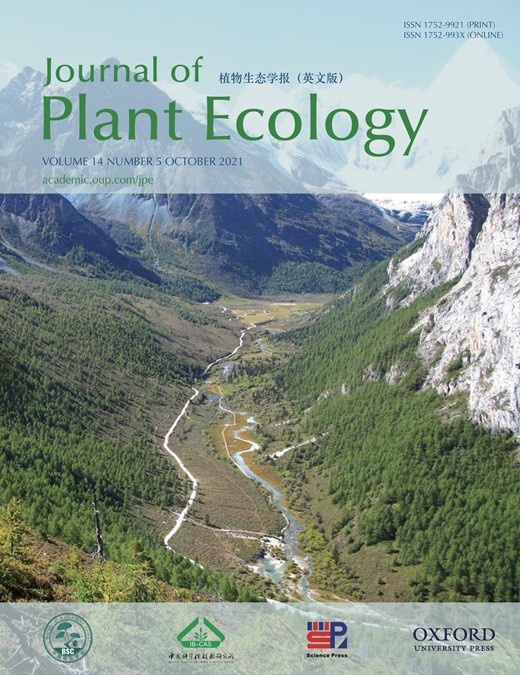Ricardo Mata-González, Matthew Hovland, Mohamed A.B. Abdallah, David W. Martin and Jay S. Noller
Aims
Although increases in precipitation variability in arid ecosystems are projected due to climate change, the response of desert shrub communities to precipitation change has not been fully elucidated. Such knowledge is important since drought-adapted plants exhibit varied mechanisms of survival that may contribute to species coexistence.
Methods
We tested the responses of eight drought-adapted plants, a mix of graminoids, shrubs and forbs to three summer precipitation scenarios (1.3, 2.6 and 3.9 cm per month) in a common garden experiment in the Great Basin (Owens Valley, California). Changes in mineral nutrient uptake (carbon, nitrogen, phosphorus, potassium, calcium, magnesium, manganese, copper, boron, zinc, iron and sodium) and gas exchange parameters (photosynthetic rate and stomatal conductance) were investigated in the studied species.
Important Findings
Two graminoids (Sporobolus airoides and Leymus triticoides) and one salt tolerant shrub species (Atriplex confertifolia) responded to increased water availability with increases in photosynthetic rate and/or stomatal conductance. There was a significant correlation between water availability and uptake of nutrients for five out of eight species. Artemisia tridentata, with higher rates of photosynthesis, contained greater amounts of potassium, copper and boron, while Juncus arcticus, with higher rates of photosynthesis, contained greater amounts of magnesium and iron, and less sodium. Juncus arcticus and three salt-adapted species (A. confertifolia, Distichlis spicata and S. airoides) exhibited correlations with stomatal conductance and concentrations of nutrients. Results indicate that differential physiological response mechanisms to increased moisture and associated nutrient uptake strategies in drought-adapted species may mediate coexistence under increased summer precipitation.
 Volume 14 Issue 5
Volume 14 Issue 5






